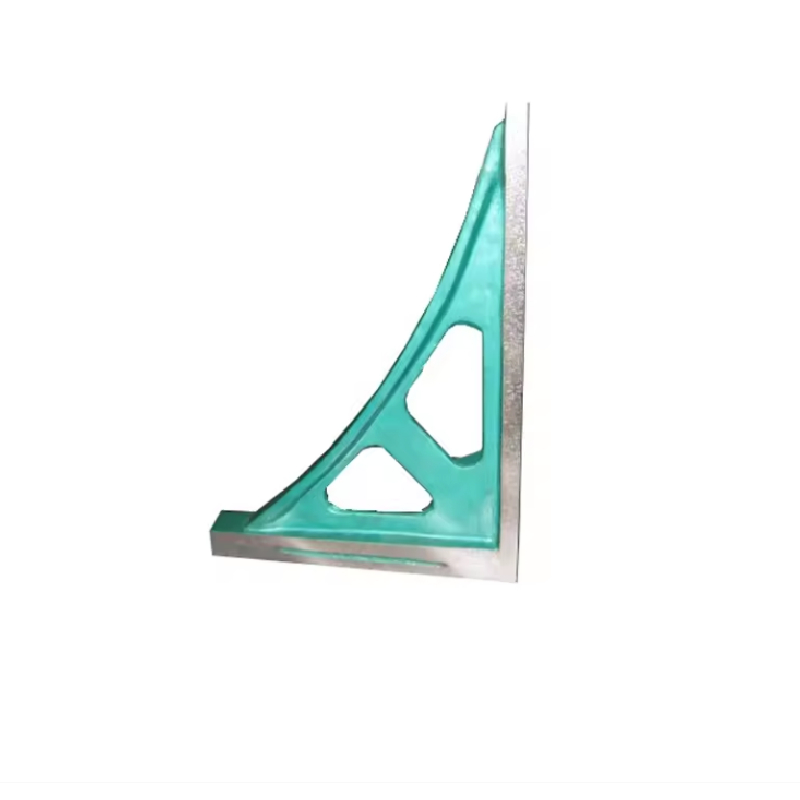12 月 . 04, 2024 09:25 Back to list
safety check valve
Safety Check Valves An Essential Component for System Integrity
In the realm of engineering and fluid dynamics, safety check valves play a pivotal role in ensuring the integrity and safety of various systems. These devices are designed to prevent backflow in a piping system, thus safeguarding equipment and guaranteeing the efficient operation of industrial processes. This article delves into the functionality, importance, and applications of safety check valves, highlighting their significance in maintaining operational safety.
Understanding Safety Check Valves
A safety check valve, often referred to simply as a check valve, is a mechanical device that allows fluid to flow in one direction while preventing reverse flow. This unidirectional flow is critical in a wide array of systems, including water supply networks, oil and gas pipelines, and chemical processing facilities. The core function of a safety check valve is to prevent the potential hazards that could arise from backflow, which can lead to contamination, equipment damage, or even catastrophic system failure.
Check valves are equipped with a sealing mechanism, typically a disc or a ball, that automatically closes when there is a reversal in flow direction. The design can vary significantly, leading to different types of check valves, including swing check valves, lift check valves, and diaphragm check valves. Each type has its specific advantages and is selected based on the nature of the fluid, the operating conditions, and the requirements of the system.
The Importance of Safety Check Valves
The importance of safety check valves cannot be overstated
. They are integral in safeguarding against backflow, which can occur due to various reasons including pump failure, pipe ruptures, or sudden changes in fluid velocities. The consequences of such backflow events can be dire—leading to contamination of potable water supplies, loss of valuable chemicals, and damage to pumping systems.1. Prevention of Contamination In drinking water systems, a check valve prevents contaminated water from flowing back into the clean supply. This is particularly critical in protecting public health and ensuring compliance with regulatory standards.
safety check valve

2. Protection of Equipment In industrial applications, backflow can lead to pressure surges that might damage pumps, pipelines, and other essential machinery. Safety check valves protect these investments by ensuring fluids only flow in the intended direction.
3. Energy Efficiency By preventing reverse flow, safety check valves contribute to the overall energy efficiency of a system. They help maintain pressure and flow rates, minimizing the need for additional pumping energy and reducing operational costs.
4. System Reliability The presence of safety check valves enhances the reliability of industrial processes. By mitigating backflow risks, these valves support uninterrupted operations, thereby maintaining productivity and minimizing downtime.
Applications of Safety Check Valves
Safety check valves are utilized across various sectors, including
- Water and Wastewater Management Used in water distribution systems to prevent backflow from reservoirs and tanks. - Oil and Gas Employed in pipelines to protect against backflow that could cause leaks or safety hazards. - Pharmaceutical and Chemical Processing Critical in maintaining purity and preventing contamination in sensitive manufacturing processes. - HVAC Systems Used in heating and cooling systems to ensure proper fluid flow and prevent backflow that could disrupt operations.
Conclusion
Safety check valves are indispensable components that enhance the safety, reliability, and efficiency of fluid systems across various industries. By effectively preventing backflow, these valves protect equipment, safeguard against contamination, and contribute to energy efficiency. Understanding the function and importance of safety check valves is crucial for engineers, operators, and anyone involved in system design and maintenance. As technology evolves, the development of more advanced check valve designs will further enhance their effectiveness, ensuring that they meet the growing demands of modern industrial applications. Investing in quality safety check valves is not just a choice; it is a necessity for any operation that prioritizes safety and efficiency.
-
Y Type Strainers: A Comprehensive GuideNewsOct.18,2024
-
Understanding Water Valve Options for Your NeedsNewsOct.18,2024
-
Functions and TypesNewsOct.18,2024
-
An Essential Component for Fluid SystemsNewsOct.18,2024
-
Adjustment and ReplacementNewsOct.18,2024
-
Slow Closing Check Valves: A Key Component in Fluid SystemsNewsOct.08,2024
Related PRODUCTS









